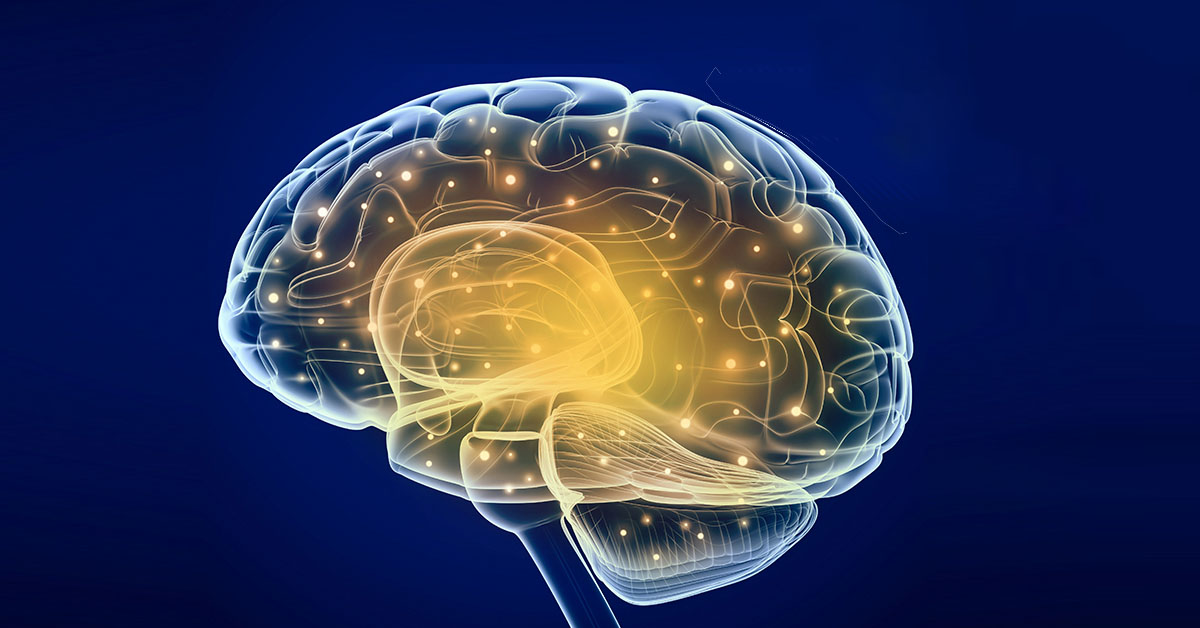Deep brain stimulation: electrical stimulation of brain to lessen neurological symptoms (e.g., uncontrolled shaking).
Deep Brain Stimulation (DBS)

What is deep brain stimulation?
Deep brain stimulation is a technique in which an electrode is placed directly into the brain. The electrode is an uninsulated wire connected to a battery; the battery is usually placed near the collarbone. This electrode delivers an electrical stimulus to specific parts of the brain that manages the body's movement. The electrical stimulation blocks the anomalous nerve signals that result in disorders of the brain's function.
Deep brain stimulation helps to amend dysfunctional circuits in the brain so that the brain can function properly. This is achieved by continuously sending electrical impulses to specific target areas of the brain. These electrical signals block the impulses that cause neurological disorders.
Who needs deep brain stimulation?
Deep brain stimulation is used only for treatment of severe disorders that have failed to respond to medication and other forms of treatment. It is used to treat people with Parkinson's disease. During this disease the brain losses certain cells that produce a chemical called dopamine. One of dopamine's functions is to help coordinate the nerves and cells involved in movement. If the amount of dopamine falls below optimal levels, then coordination of nerve and muscle cells can be disrupted. This can result in the following symptoms:
- Tremors: Uncontrolled shaking of the hands, arms, jaws, or legs
- Dystonia: Uncontrolled shaking of the body
- Rigidity: Stiffness of the limbs
- Disturbed balance and coordination
- Slowness in movement
How is deep brain stimulation performed?
The following steps are involved in this procedure:
- A team of surgeons identifies and locates exactly the nerve signals generating the symptoms of Parkinson's disease. This is done through magnetic resonance imaging (MRI) and computed tomography (CT) scans.
- The deep brain stimulation system has three components: (1) the electrode, (2) the extension, (3) the neurostimulator. A small hole is made in the cranium and the electrode is placed into the brain. The uninsulated tip of the electrode is placed within the target area.
- Next, the extension is implanted. This is a wire that connects the electrode and neurostimulator. It passes underneath the skin of patient's head, neck and the shoulder.
- After this, the neurostimulator is implanted beneath the collarbone. However, it can also be implanted in the chest or beneath the skin of the abdomen. The neurostimulator is a battery that provides electrical charges to the electrode.
- Once all three components of the system are in place, the neurostimulator sends electrical impulses through the extension and electrode into the target area of the brain. These impulses stop the electrical signals that are causing symptoms of Parkinson's disease.
What happens after the deep brain stimulation procedure?
The patient will need to remain hospitalized for one or two days after the surgical procedure. Then, four days following the procedure, the patient will have a follow-up visit with the surgeon so that they can examine the incision site. Typically, the surgeon will recommend the patient restrict themselves to light activity for a few weeks; most patients will be able to return to normal activities in approximately six weeks.
The deep brain stimulation system can significantly reduce the symptoms of Parkinson's disease. The amount of reduction in symptoms varies from patient to patient but in most of the cases the reduction is significant.
Although the deep brain stimulation system reduces the symptoms, it does not remove them entirely. Therefore, patients still have to take medication (typically at a reduced dosage). The reduction in the dosage can then improve the side effects of the medication.



